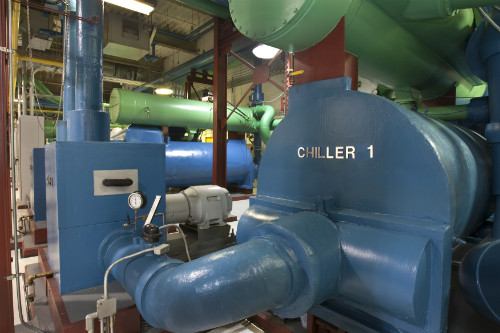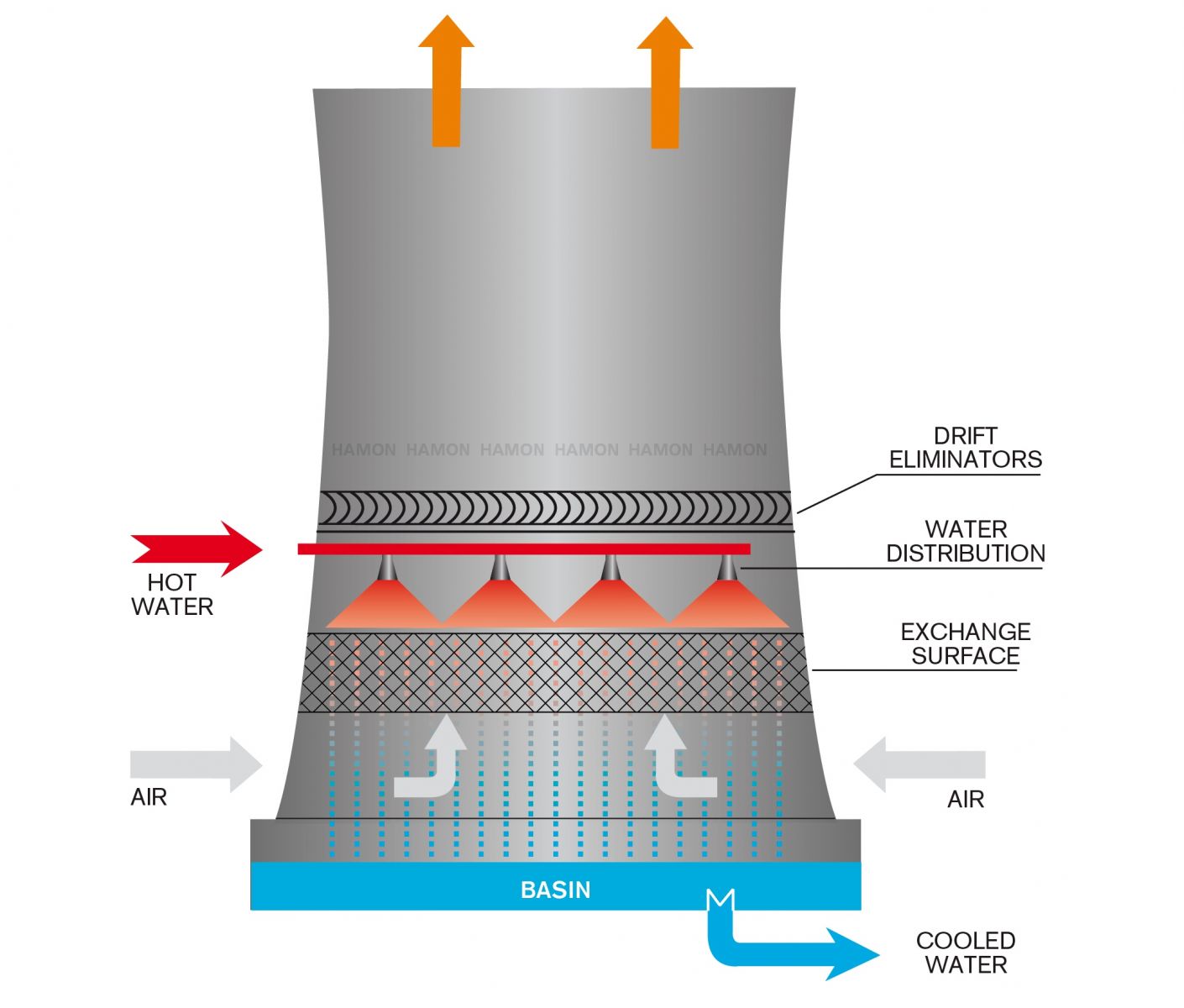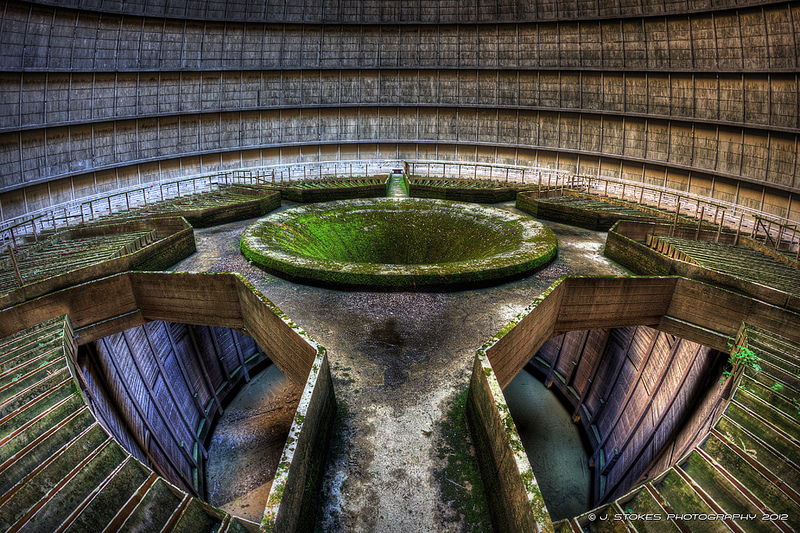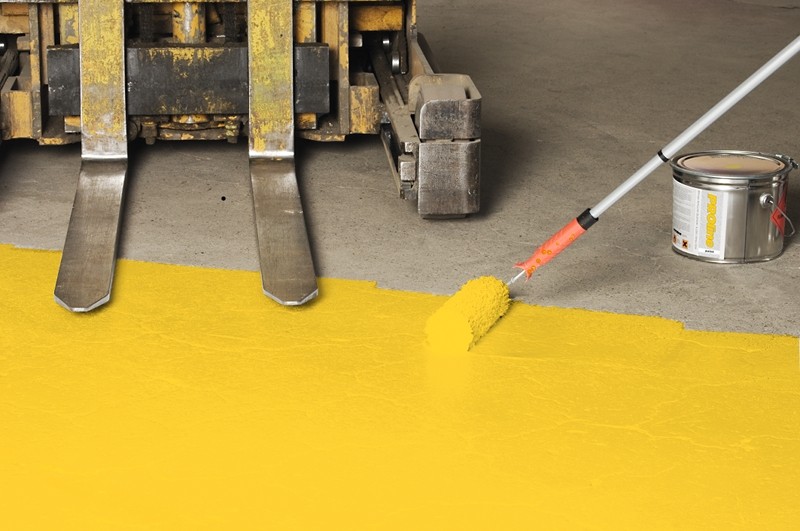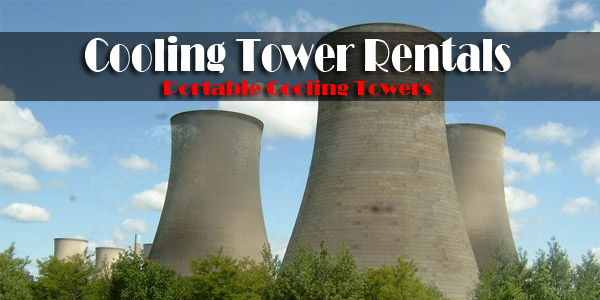
Cooling tower rentals or portable cooling towers started appearing around 1980 and modular cooling towers started appearing around the 1990’s. Today the portable cooling tower industry is booming more than ever . Some companies would rather rent cooling towers instead of having them manufactured because there is as much of a need more cool water like traditional cooling towers. Also, because they are easier to fund without using capital.
Due to the environmental impact on water life, power plants are forced to preserve low water temperatures from the river or lake they pump from. This impacts the energy a plant can produce especially during the summer time when water temperature is already higher than other parts of the year. Renting cooling towers can help the plant keep water temperatures lower than required giving them the capability of running full potential all summer long.
Cooling Tower Rentals
Cooling tower rentals can also be used during a repair or replacement of your existing cooling tower to keep your plant up and running without needed shut downs. Portable Cooling towers are just like the radiator in your car, if there is no water, overheating starts and can eventually damage other equipment. Cooling tower rentals can save you millions of dollars in saved revenue from not having to shut down.

